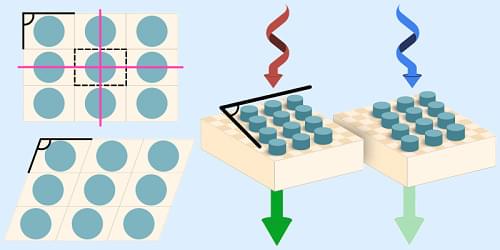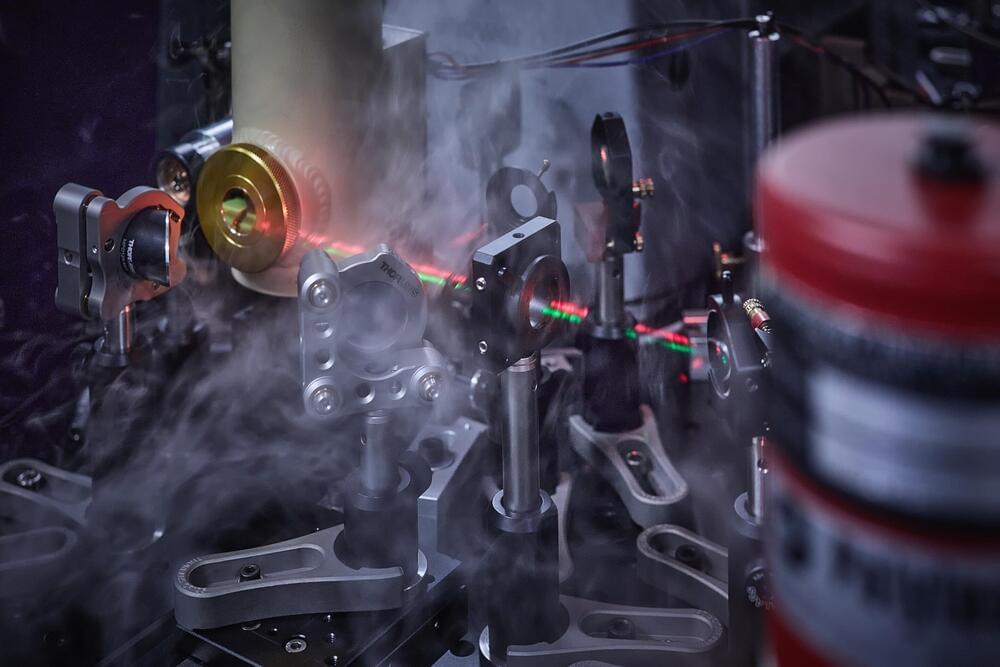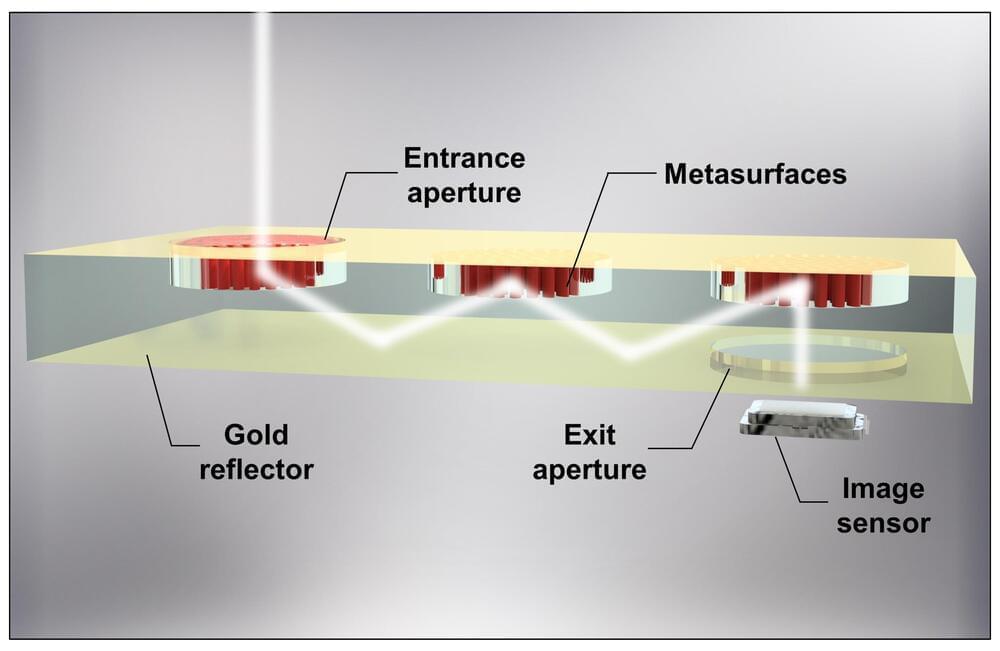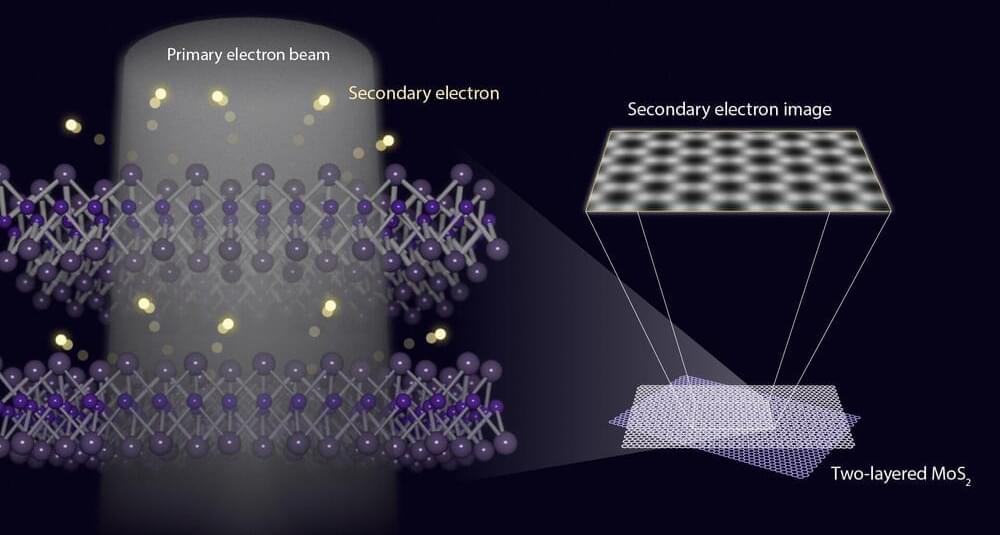Researchers have significantly accelerated ion movement using nanotechnology, potentially improving technologies from battery charging to biosensing.
This breakthrough at Washington State University and Lawrence Berkeley National Laboratory involves creating a nanochannel lined with molecules that attract ions, allowing them to move over ten times faster than before. This development could revolutionize energy storage and help detect environmental pollutants or neurological activities.
Breaking Speed Records With Nanoscience








